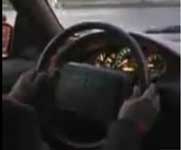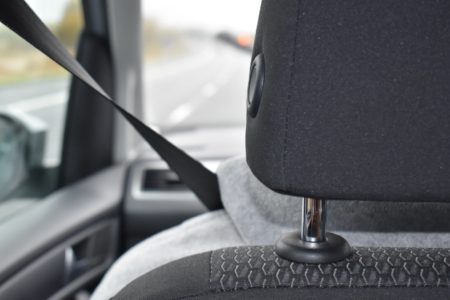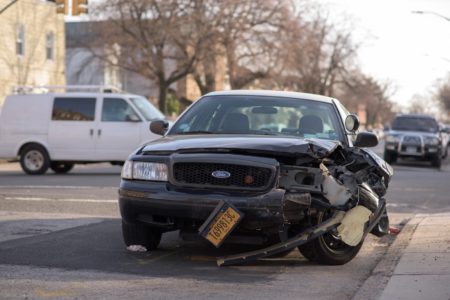How to Drive a Car | Proper Steering
When I learned how to drive a car (in the Dark Ages), I learned hand-over-hand steering. My hands were in the 10 o’clock – 2 o’clock positions, which provided a firm grip on the wheel. Turns were smooth and I had control when driving a car.
But – guess what? That’s not the preferred steering method any more. Airbags have changed that. The problem with hand-over-hand steering is that your hands cross over the airbag. If the airbag activates it could break your arms.
As you learn to drive practice proper steering. Make this as part of your “Learn to Drive” checklist. Look for more information in the Driving Lessons sections of the Workbook and the Video Library. See Driving Lesson 2.
Micro-Steering
New drivers, as they learn how to drive a car, often make a big mistake by trying to stay in the middle of their lane by micro-steering when driving a car. They watch the lines on the road and try to stay within them. You can’t do it and it’s dangerous to drive that way. You need to be looking much further down the road when driving a car. The car will go where your eyes are looking. As you develop more experience in learning how to drive a car you will find your steering becomes automatic.
Try the following experiment.
Fill a glass with water – to 1 “ from the top. Walk across the room, trying to keep the water from spilling by watching the glass and keeping it steady.
Now – refill the glass and walk across the room again. This time – don’t watch the glass. Focus on the other side of the room.
Conclusion: It’s much easier to keep the water in the glass if you don’t watch it. Your body will automatically do the job if you just focus on where you’re going.
Steering a car works the same way. Keep your eyes on the road ahead. Watch where you’re going and you’ll stay within your lane.
Tips from , the Driving Instructor:

“10 and 2 is actually not the proper place for hands on the steering wheel. This out of date placement doesn’t take airbags, or steering ability into account. When the hands are at 10 and 2, the driver’s arms are in front of the steering wheel’s airbag. If the airbag goes off with hands in this position (or at the top of the steering wheel) the arms can be broken.
Proper hand placement is at 3 and 9. This puts the arms to the side of the airbag; not in front of it. The driver also has more control of the car at 3 and 9 than at 10 and 2. With this hand position, the steering wheel can be turned further without binding the arms, or being forced to remove the arms from the steering wheel to complete a turn. Keeping both hands on the steering wheel as much as possible is very important to maintaining control. 3 and 9 makes this possible.
Also, if you ever lose control of the car, it may be difficult to reorient yourself with the steering wheel if you’re looking for 10 and 2.
It is far easier to locate 3 and 9, because this is where practically every steering wheel spoke starts. If you’re in a spin and need to “find straight”, you have a better chance doing so with 3 and 9.”





2 thoughts on “Learn to Drive | Proper Steering”
A good driving course is the best start so it’s a great idea to sign him up. Driving to prom isn’t such a great idea. Prom night is the most dangerous night of the year for teens. If he’s going to drive that night make sure he gets plenty of sleep before hand and limit the number of passengers in the car. No drugs or alcohol for the driver.
My son wants to learn how to drive a car so he can drive to prom himself. It’s interesting to know that you have more control over the car if you have your hands in the 3 and 9 position instead of 10 and 2. Maybe I should enroll my son in a driving school so he can learn tips like these from experts.